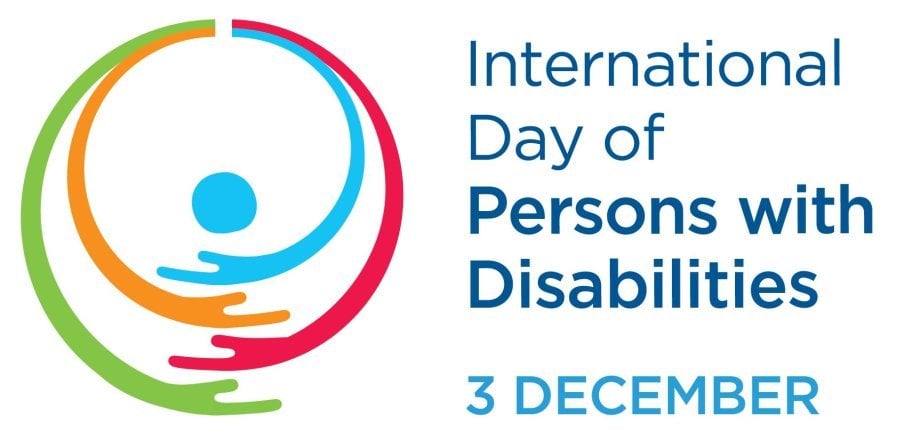International Day of Persons with Disabilities
3 December 2021 London School of Hygiene & Tropical Medicine London School of Hygiene & Tropical Medicine https://lshtm.ac.uk/themes/custom/lshtm/images/lshtm-logo-black.png
Please tell us about your work around children with disabilities.
I am a public health physician and a disability researcher, and I support a community follow up programme for children with disabilities in the Himalayan state of India, Uttarakhand. The Latika Roy Foundation supports children with developmental disabilities and their families. Our multi-disciplinary team reaches out to the families where they are - in the most peripheral government health facility in their community. We also work to improve the utilisation of intervention services for disabilities by supporting parents with knowledge and awareness. We have initiated disability research to inform our own practice. We seek to understand if our services are actually having a positive influence on the children and their families. A growing number of young children are now living with disabilities. We should know how to support them in the best way possible.
Why do you think this is not discussed more? And how can this be changed?
According to the UNICEF report released last week, one in ten children has a disability. Of the one billion population of persons with disabilities, 80% live in developing countries. India is home to the largest number of children with disabilities, and yet they remain in the shadows, at home, hidden. Particularly the girls. Disability is not going to go away. Also, this is a field where there is no dose, injection, pill or drop will make it go away. Disability will touch each one of us someday. Inclusion is the only way forward. It's about human rights, common sense and social justice. A way forward could be disability-specific approaches to address the unique needs of the persons with disabilities (PwD) and inclusion as a broad approach. An integrated approach is required to ensure that PwD are not left behind. They are less likely to access health care, education, employment, and participate in the community and during the pandemic, no one was more excluded than the PwD.
Please tell us about the International Day of Persons with Disabilities.
The annual observance of the International Day of Persons with Disabilities (IDPD) on 3 December aims to promote an understanding of disability issues and mobilise support for the dignity, rights and well-being of PwDs. It also seeks to increase awareness of gains derived from the integration of PwD in every aspect of political, social, economic and cultural life. The theme for IDPD this year is ‘leadership and participation of persons with disabilities toward an inclusive, accessible and sustainable post-COVID-19 world.’ Where marginalisation, discrimination, vulnerability and exploitation are everyday factors for many people, the increased risk of poor outcomes have been magnified with the reduced access to routine health care and rehabilitation services, more pronounced social isolation, poorly tailored public health messaging, inadequately constructed mental health services, and a lack of emergency preparedness for people with special needs. This IDPD, lets each push for more meaningful investments into the socioeconomic building blocks, which will reduce the barriers faced by people with disabilities in every community on earth.
What are your hopes for the future in this area?
From being largely invisible, disability in global public health appears to be at a tipping point. A concerted effort is needed to elevate the importance and need for greater inclusion of PwD in all of the global public health to support human rights and reduce disparities in health and well-being. Public health’s view of disability is shifting from regarding disability only as an outcome to prevent to using disability as a demographic characteristic that identifies a population experiencing a range of inequities. The pace has to pick up, the investments have to be made, and society needs to be accommodating and welcoming. Increased visibility of the disability population within the global public health community can be achieved through the active engagement of persons with disabilities. Improved collection of disability data and routine analysis by disability status can provide information vital to planning and policies.